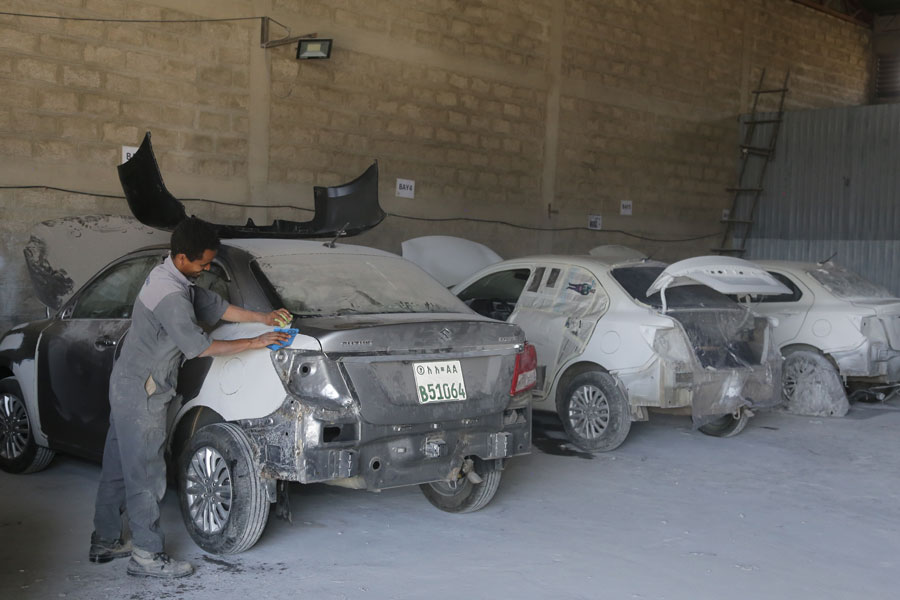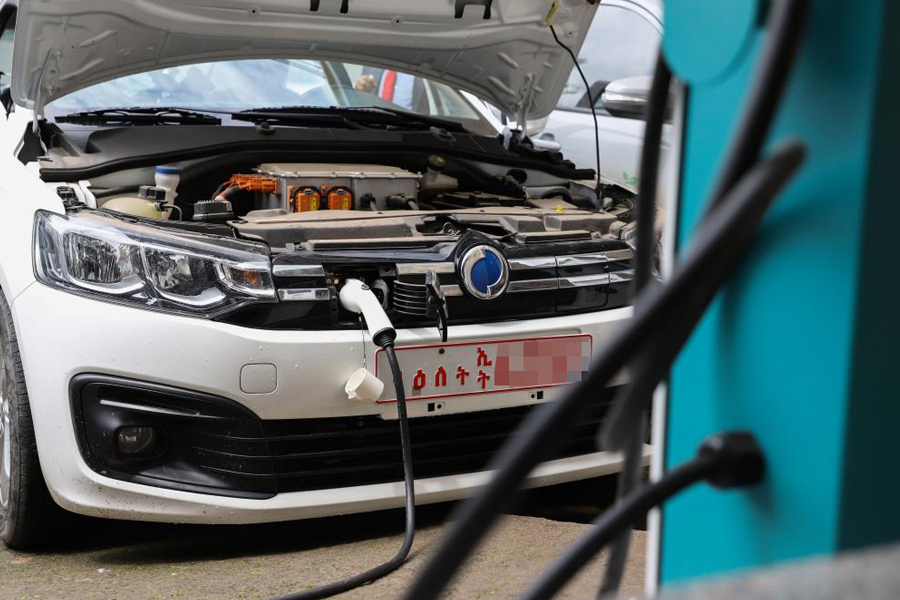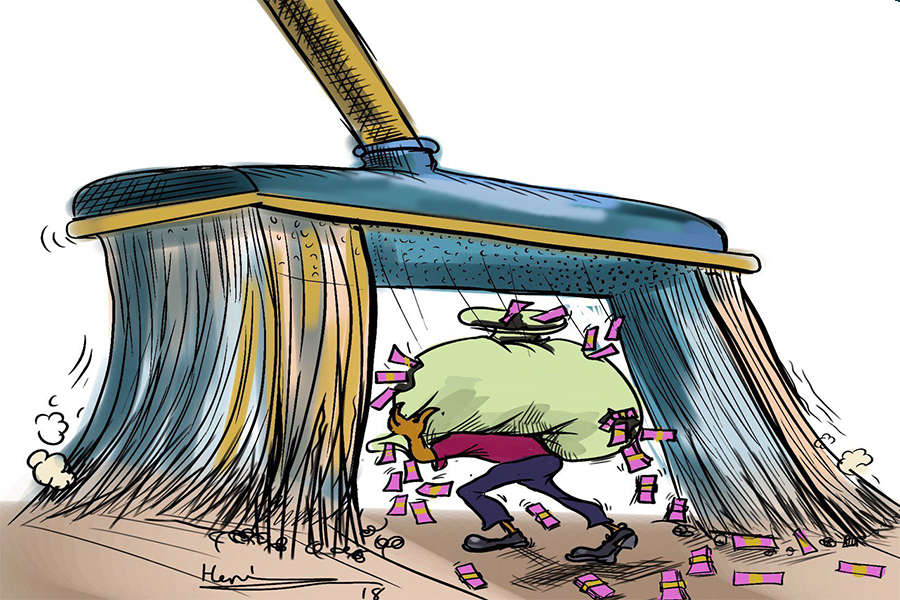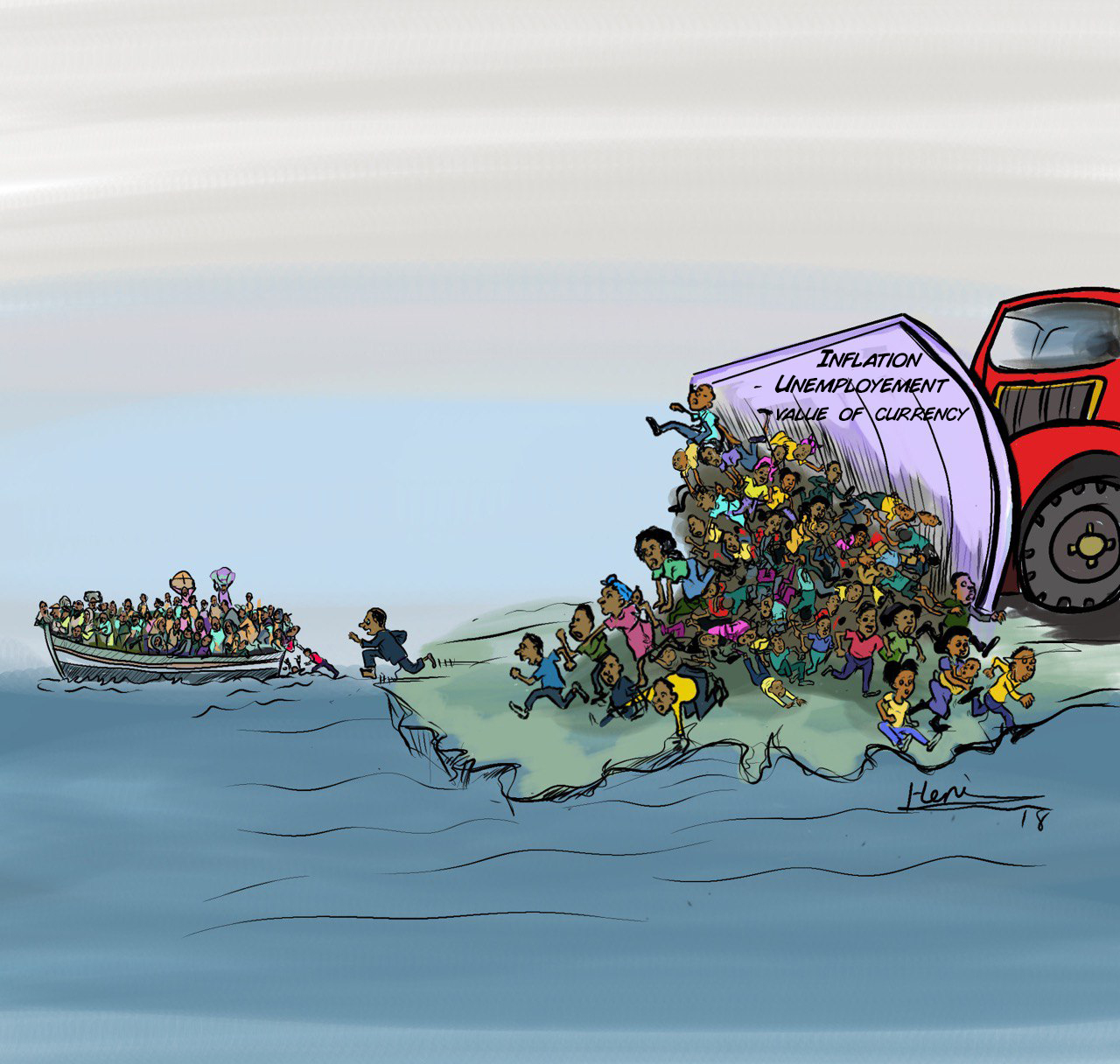Parliament has ratified a new proclamation imposing tough environmental regulations, mandating rigorous impact assessments and severe penalties for non-compliance. The law requires government projects to assess environmental and community impacts before approval.
Unlike previous regulations, which lacked enforcement mechanisms, the new law closes loopholes by imposing heavy fines. Projects initiated without an Environmental and Social Impact Assessment (ESIA) or Strategic Environmental and Social Assessment (SESA) will face fines ranging from 500,000 Br to 10 million Br. Providing false reports carries penalties between 100,000 Br and 500,000 Br.
Even permitted projects that fail to meet regulatory standards will be fined between 100,000 Br and 300,000 Br. Accountability extends beyond institutions, with organisation heads facing personal fines of 50,000 Br to 150,000 Br for failing to ensure compliance. The dual penalty system is to enforce stricter environmental oversight and prevent reckless development.
The Environmental Impact Assessment (EIA) Proclamation of 2002 required EIAs for projects and public instruments, but it primarily focused on implementing Environmental Management Plans (EMPs) and monitoring environmental performance rather than mandating repeated full-scale EIAs for operational projects.
The new proclamation introduces stricter regulations. Projects must now conduct environmental audits every two years, renew their clearance annually, and update their ESIAs every three years. Companies are also required to develop and implement solid and liquid waste management plans. These audits and assessments will be conducted by the Environment Protection Authority (EPA) and its 125 licensed consultants.
Not all projects will require an environmental assessment, and exemptions will be specified in an upcoming regulation. Previously, clearance mandates were granted to ministries like Trade & Regional Integration and Industry, but due to conflicts of interest, the EPA has reclaimed full authority over the process.
Tolosa Yadessa, director of environmental & social impact assessment at the EPA, stated that the 2002 proclamation was annulled because it failed to account for new projects and follow-up assessments.
“Around 60pc of the previous law has been improved,” he said.
Consultants must now incorporate public concerns into their assessments, which the EPA will cross-check.
Tolosa says public participation and consultation were previously inadequate.
Mekonnen Maschal (PhD), owner of Global Environmental Solutions, praised the new proclamation for holding organisations and companies accountable for their environmental action plans. He criticised the previous system for its lack of consistency and enforcement.
“There were no consequences for non-compliance,” he said.
He argues many companies only followed regulations to secure investment licences.
Mekonnen says that some consultants relied on copy-and-paste methods from previous assessments, leading to ineffective and unethical practices. The new regulation, with stricter penalties, is expected to curb such behaviour and promote ethical compliance.
Mekonnen cited Hansom Glass Manufacturing and Detu Ceramic Manufacturing as examples of companies found to have polluted their surroundings, causing health issues in nearby communities. He hopes the new law will help address such violations.
He also argued that consultants should be held accountable for their recommendations and required to compensate companies if proposed solutions fail.
Mekonnen recommends AI-powered sensors in factories to enable real-time pollution monitoring by the EPA and a digital platform for assessment submissions that would reject copied content.
“The authorities should adopt technology to improve monitoring,” he said.
Kebede Amede, chief technical advisor at Colba Tannery, one of Ethiopia’s leading leather processing firms, said the company plans to install a 6,000 dollar sensor to detect air pollution.
With four decades of experience across five tanneries, the company has planted trees on four percent of its compound to absorb carbon monoxide and carbon dioxide.
"We conduct environmental impact assessments for every new product," he said.
A 2024 study found that most environmental impact assessments show positive results, with 66.8pc benefiting the environment, 71.4pc benefiting the economy, and 73pc improving social conditions.
However, industrial parks were found to have overwhelmingly negative effects, 65.8pc harmed the environment, 66.7pc had adverse economic impacts, and 65.2pc created social problems.
The economic downsides include the high costs of attracting domestic and foreign enterprises, increased training expenses to improve labour skills, price fluctuations from technology exchange, and heavy infrastructure investment.
Environmental concerns range from landscape disruption and biodiversity loss to secondary pollution from poor recycling systems, soil contamination, noise, and traffic congestion. Social impacts include displacement, heightened social conflicts, strain on public services, loss of cultural identity due to migrant labour, and inadequate workplace safety standards.
Companies operating in industrial zones also face pollution-related disputes. Senselet Food Processing, the maker of Sunchips snacks, recently received a final warning from BeGo Foods Plc, a neighbouring food complex that has been unable to start operations due to contamination risks.
The BeGo accused Senselet of dumping solid and liquid waste, lacking clear waste management practices, and failing to assess the environmental impact. It has demanded laboratory tests on the waste and soil, along with compensation for damages. If unresolved, the dispute is expected to go to court.
The World Bank is supporting through projects like the Sustainable Land Management Project (SLMP). With 200 million dollars in funding, SLMP plans to rehabilitate degraded land, promote sustainable farming, and strengthen community-based natural resource management.
The Ethiopia Climate Action Through Landscape Management Program (CALM), backed by 250 million dollars, focuses on enhancing “climate resilience” and cutting greenhouse gas emissions through landscape restoration and sustainable land use.
The Ethiopia Urban Productive Safety Net & Jobs Project (UPSNJP) aims to improve urban livelihoods and environmental sustainability through job creation and green infrastructure, with a 300 million dollars investment. Meanwhile, the Ethiopia Resilient Landscapes & Livelihoods Project (RLLP), funded with 150 million dollars, is working to restore degraded landscapes and improve livelihoods in drought-prone areas.
The Authority conducts environmental impact assessments for 100 to 120 projects annually, while regional entities assess 7,000 to 9,000 projects each year. In terms of follow-up audits, the EPA reviews 20 to 30 projects per year, with regional offices auditing between 500 and 1,000.
According to Tolosa, the biggest environmental concerns arise in manufacturing, particularly in textile tanneries, mining, and horticulture.
Belay Geda, a former EPA employee and industry expert, says that most of the environmental damage comes from dry and liquid waste produced by companies. The leather processing sector is a major polluter, according to him.
The expert argues a lack of knowledge about the environmental impact of various materials has weakened regulatory enforcement.
“Manufacturers must inform the community about their waste products and mitigation efforts,” Belay said.
He argues unregulated waste disposal has led to miscarriages in cattle and skin diseases in polluted areas, primarily due to contaminated drinking water.
“It is important to conduct impact assessments before launching operations rather than after,” he said.
Belay urges industries to adopt mitigation measures such as recycling and waste management.
He recommends that industries need their own experts rather than relying solely on EPA or regional authorities to assess their environmental impact.
PUBLISHED ON
Feb 16, 2025 [ VOL
25 , NO
1294]

Dec 22 , 2024 . By TIZITA SHEWAFERAW
Charged with transforming colossal state-owned enterprises into modern and competitiv...

Aug 18 , 2024 . By AKSAH ITALO
Although predictable Yonas Zerihun's job in the ride-hailing service is not immune to...

Jul 28 , 2024 . By TIZITA SHEWAFERAW
Unhabitual, perhaps too many, Samuel Gebreyohannes, 38, used to occasionally enjoy a couple of beers at breakfast. However, he recently swit...

Jul 13 , 2024 . By AKSAH ITALO
Investors who rely on tractors, trucks, and field vehicles for commuting, transporting commodities, and f...

Nov 1 , 2025
The National Bank of Ethiopia (NBE) issued a statement two weeks ago that appeared to...

Oct 25 , 2025
The regulatory machinery is on overdrive. In only two years, no fewer than 35 new pro...

Oct 18 , 2025
The political establishment, notably the ruling party and its top brass, has become p...

Oct 11 , 2025
Ladislas Farago, a roving Associated Press (AP) correspondent, arrived in Ethiopia in...